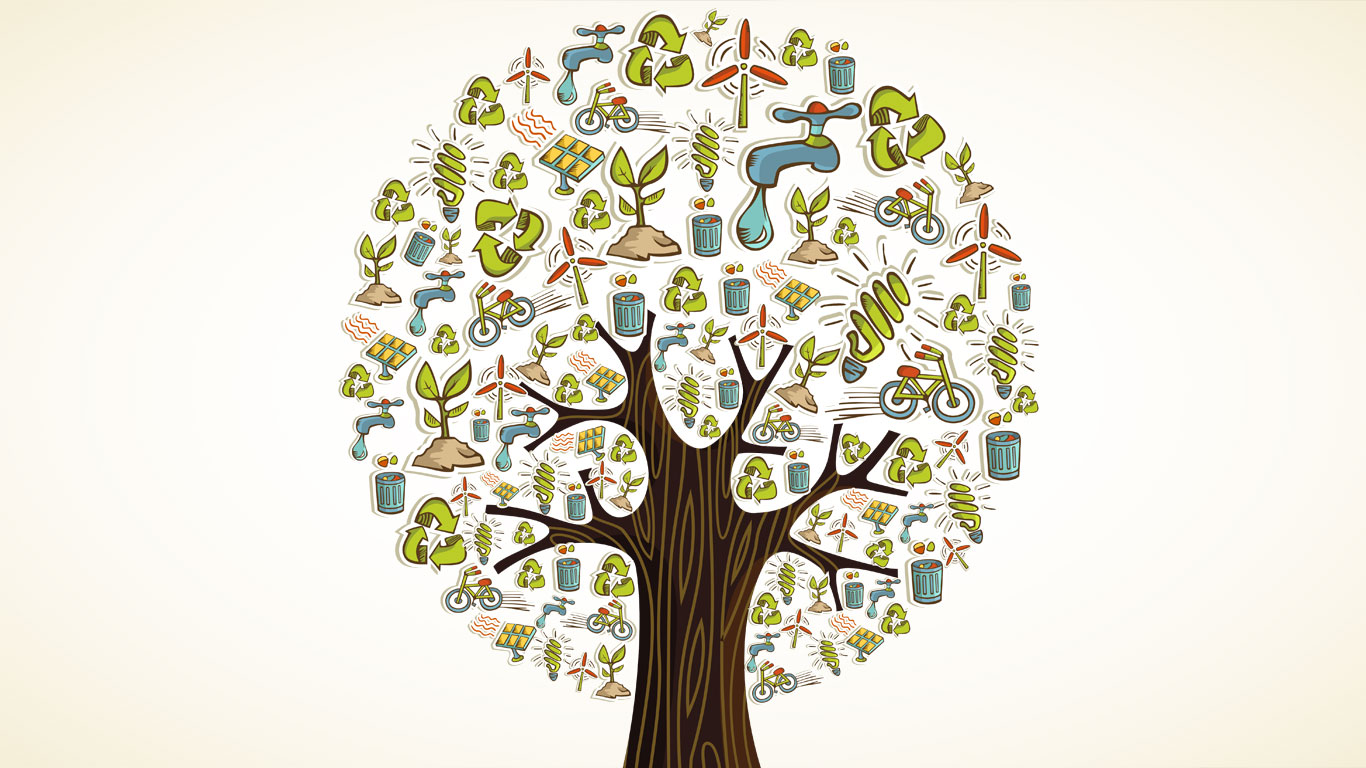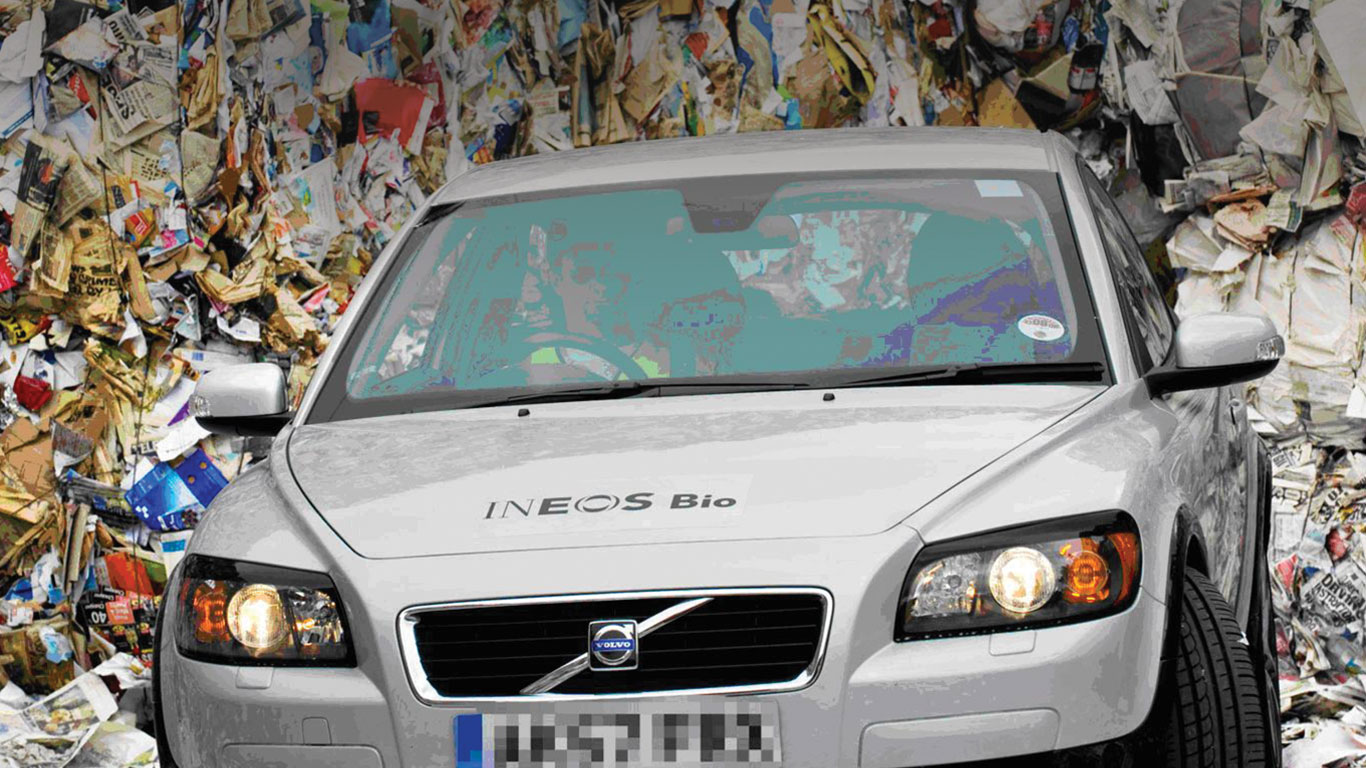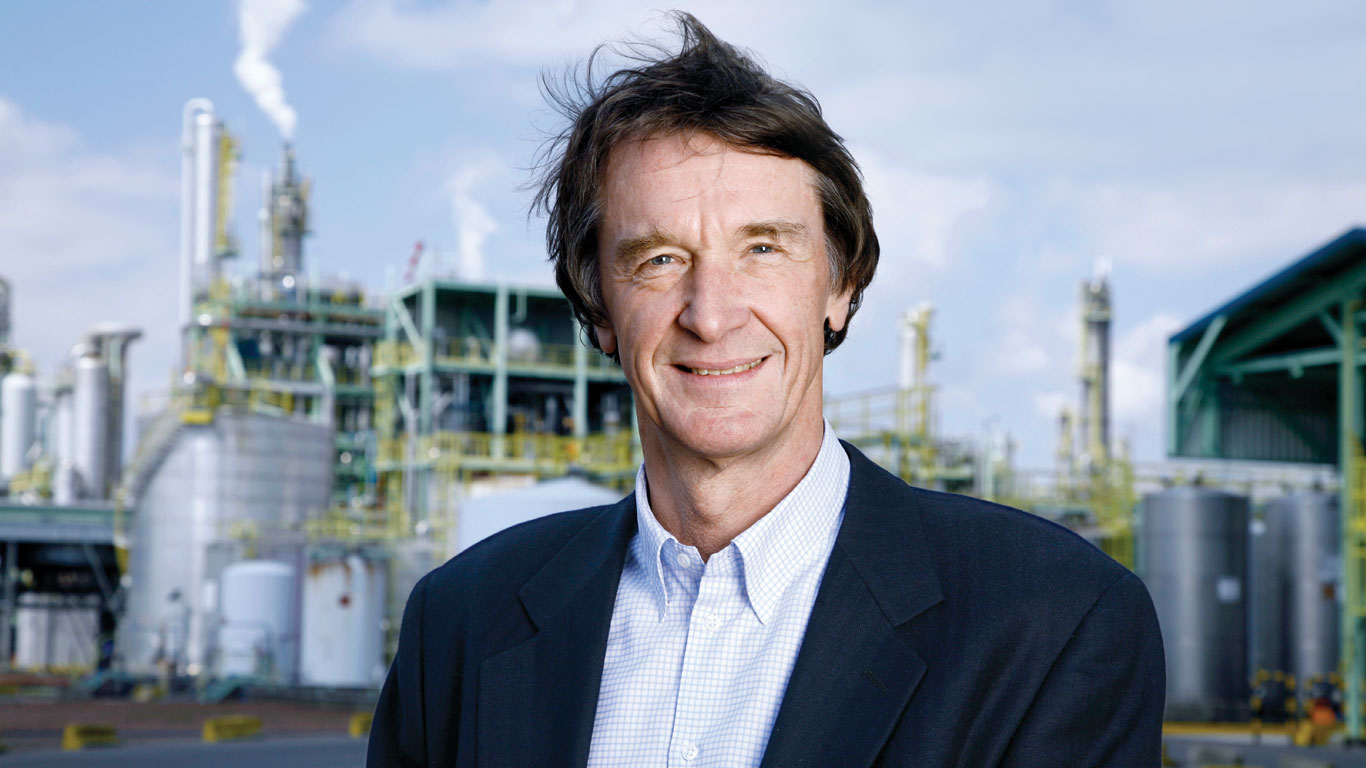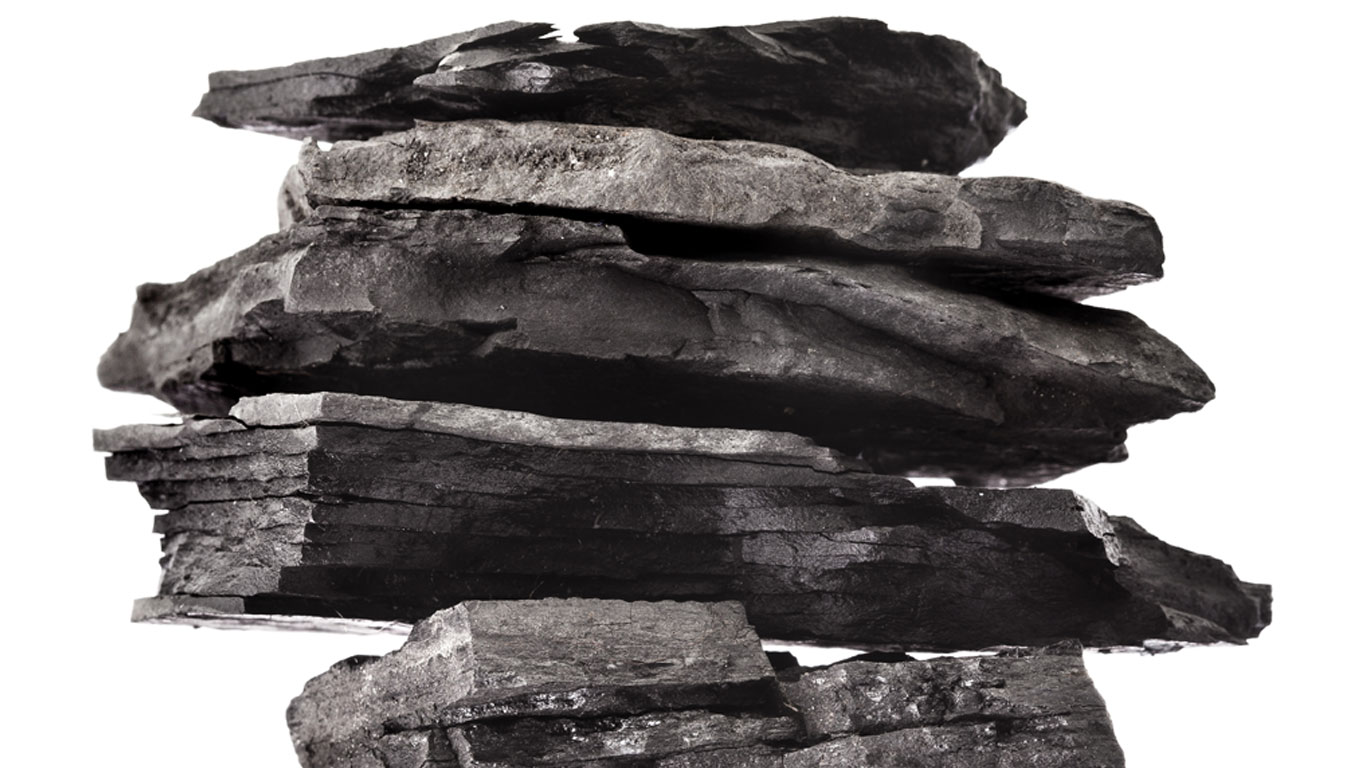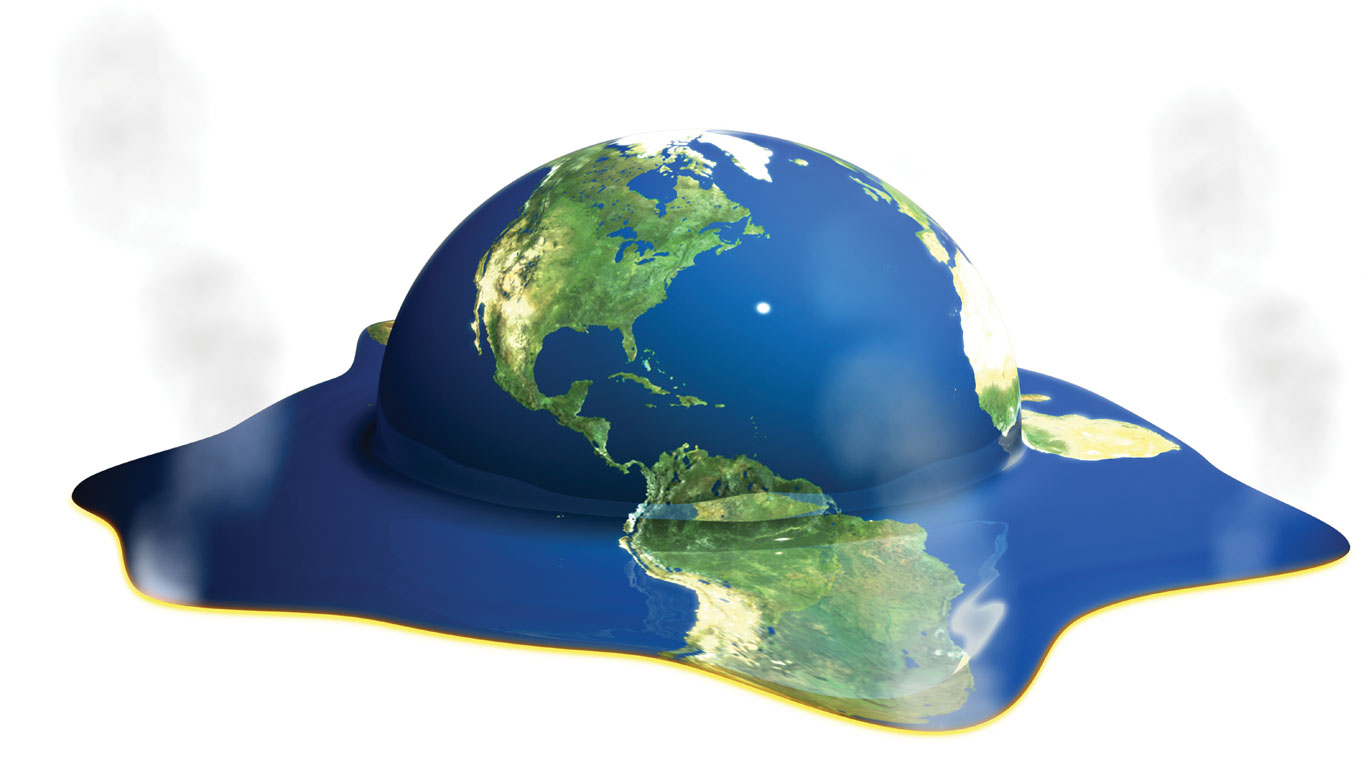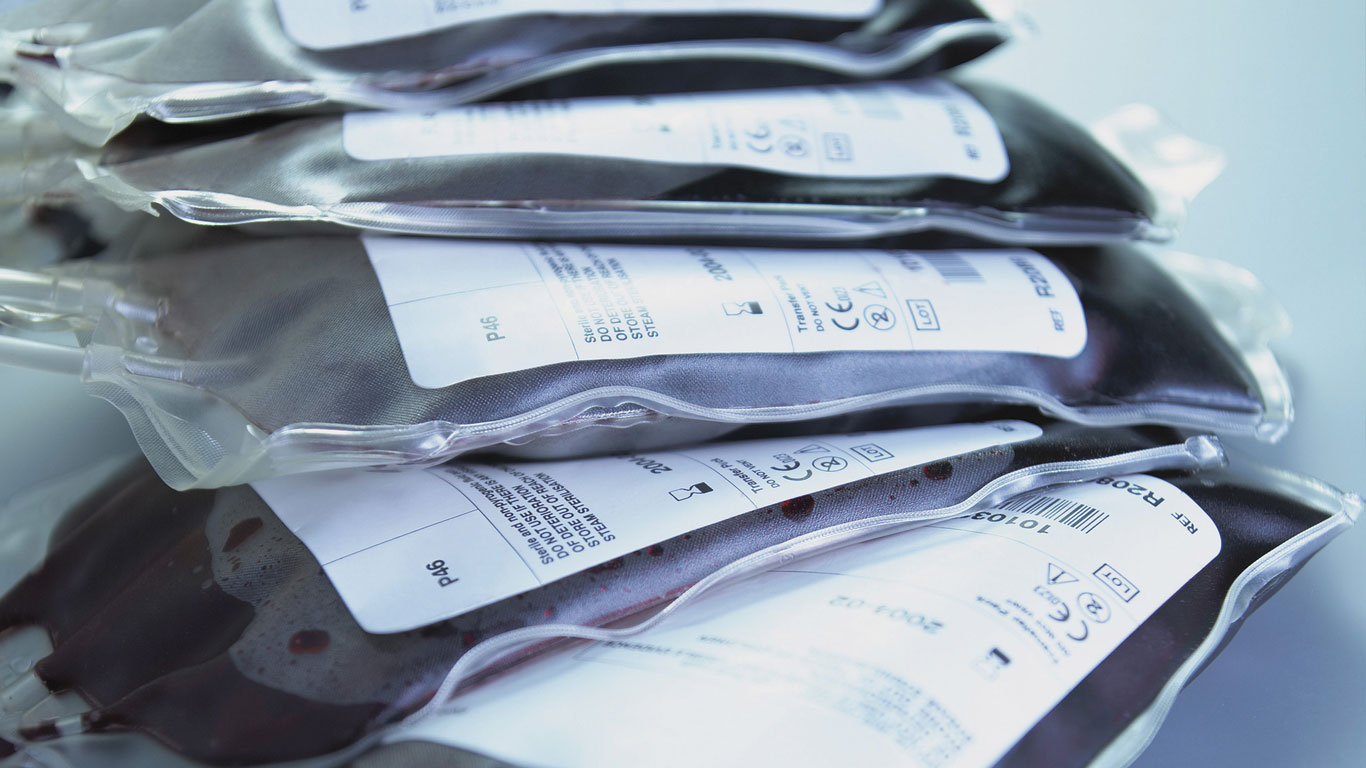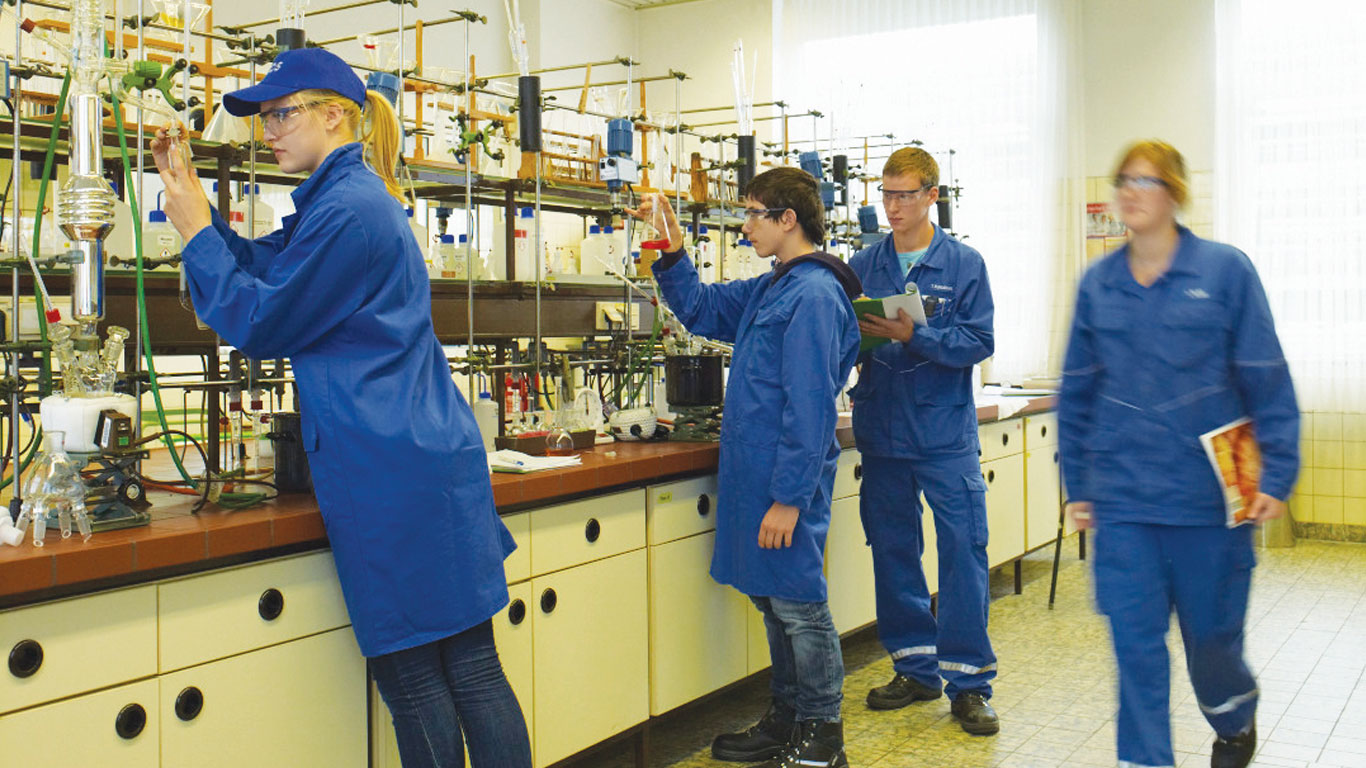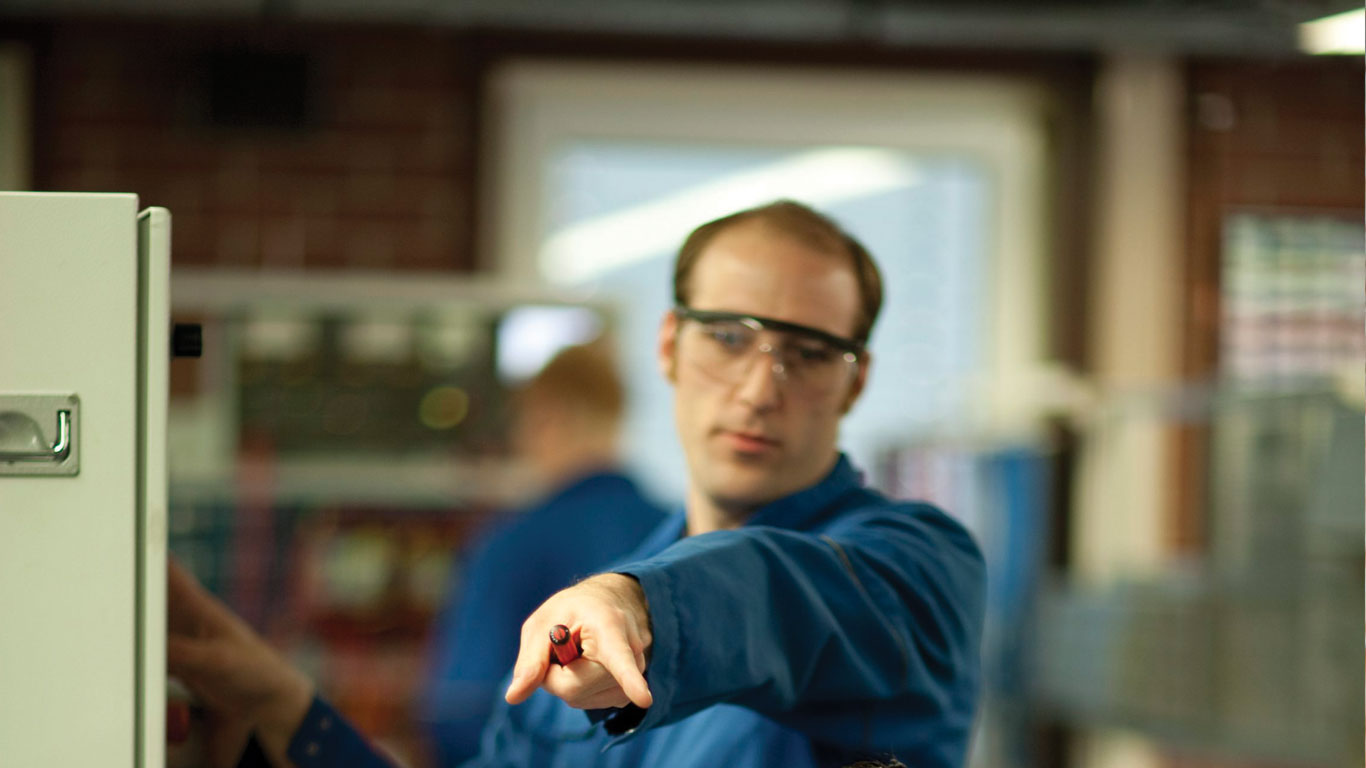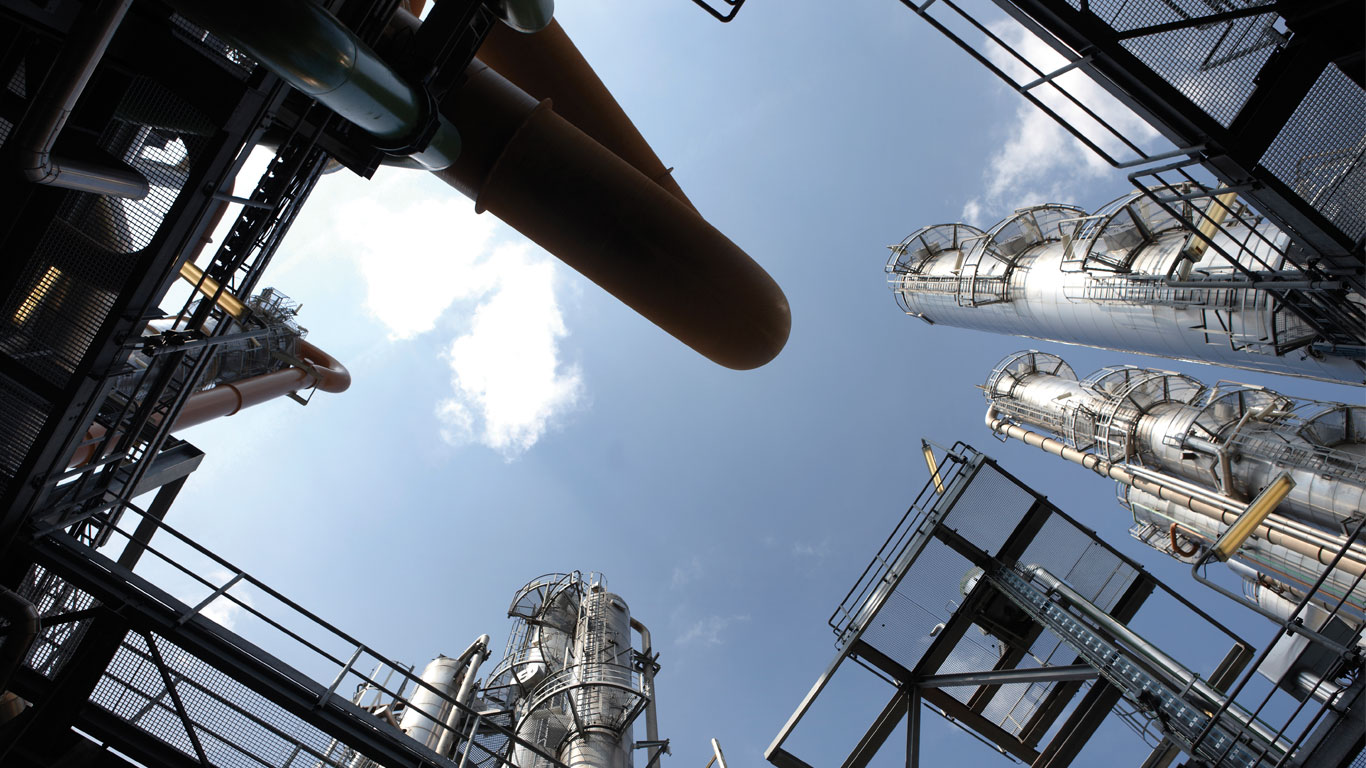On the face of it, you would not expect one of the world’s leading environmentalists and the world’s third largest chemical company to share much common ground. But the climate has changed, as the former adviser to the UK Government Jonathon Porritt has discovered.
Environmentalist Jonathon Porritt believes privately-owned companies, like INEOS, are now best placed to change the world for the better.
He said they had the will, the desire, the know-how and a convincing business case to help combat climate change and other pressing sustainability issues.
“The real leadership to create a sustainable world is coming from the private companies,” he said. “It is not coming from governments. At the moment governments are paralysed by their own mediocrity.”
But he said governments could help by de-risking the flow of investments so that the capital markets could clearly understand what a sustainable world would really look like. That meant consistent policy-making, and using incentives to help frame capital markets for the long term.
“Governments don’t just have a mandate to make things happen,” he said. “They are also there to stop bad things happening.
“INEOS has shown a readiness to deploy its intellectual innovations. A pipeline of solutions to the sustainability dilemmas that we face today. INEOS is one of those companies in a position to respond to these opportunities.”
Jonathon spoke to INCH magazine after drafting a report for the British Government on the future of industrial bio-technology.
In it, he highlights INEOS’ ground-breaking achievements in Vero Beach, Florida, home to the first commercial scale plant of its kind in the world that is capable of turning a range of waste into advanced biofuel and renewable power.
His report – published on January 22 – is aimed primarily at industry to encourage it to think differently, rather than government ministers.
But that said, Jonathon agrees Government must still play a part.
“I am not recommending more regulations, but they can make a big difference,” he said, “especially on major issues like climate change.”
Jonathon said that INEOS, like all big chemical companies, was still ‘addicted to oil’, but that it had a good track record in many areas.
He was referring to INEOS’s involvement in The Natural Step, a global sustainability initiative, originally launched in Sweden, to provide a rigorous scientific framework for the changes that need to be made in our economy.
INEOS and Norsk Hydro were approached as two of the of the world’s largest producers of PVC.
“That involvement was critical,” said Jonathon.
At the recent European plastics summit in Germany, Jonathon praised INEOS – and the plastics industry as a whole – for what they were now doing to help create a more sustainable future.
“Those endeavours give a lie to the image many people still have in the European Union of plastics as an on-going environmental horror story of unparalleled proportions,” he said during his speech to the PolyTalk summit in Wiesbaden.
He said the extraordinary wealth of new ideas coming from all the industries that relied on plastics – cars, electronics, health, farming, packaging, energy, lighting and construction – also gave him hope of a better, brighter future.
His comments were warmly welcomed by Dr Jason Leadbitter, Sustainability and Compliance Manager for INEOS ChlorVinyls.
“PVC is often singled out among the other plastics, and not always for the best of reasons so it was extremely encouraging and heartening to receive such praise,” he said after the summit.
During his talk, Jonathon explained that the difficulty facing the plastics industry would be convincing those outside the industry.
There was a serious credibility problem because of the way the industry had often behaved in the past.
But he said he also understood the frustration at environmentalists who were completely preoccupied with the past, rather than the future.
However, he said the plastics industry needed NGOs (non-governmental organisations) because they had earned the trust of society, which allowed them to act as intermediaries in complex, controversial debates.
“Deep down, if we don’t work more effectively together, the prospects for the industry are much less good than they might be,” he told the summit.
But Jonathon was not without criticism of the role of the NGO. He said he often felt deeply frustrated at the way NGOs sometimes abused that trust, especially in the UK where he blamed some NGOs for whipping up people’s NIMBY (‘Not in my back yard’) tendencies, particularly regarding new waste management technologies.
“If they deployed a fraction of this energy to direct people’s attention towards a much more integrated, sophisticated approach to managing waste in our society, we’d be in a very different place,” he said.
As chairman of The Natural Step in the UK, he said he had experienced some of these difficulties when working with INEOS and Norsk Hydro on an initiative to define exactly what a ‘truly sustainable PVC industry’ would really look like.
“Some NGOs thought it was inappropriate to be even having this discussion,” he told the PolyTalk summit. “They felt it was impossible to articulate a genuinely sustainable vision for the future of PVC. They saw it as a ‘contradiction in terms’, and eventually walked out of the dialogue.”
Yet that Natural Step initiative led eventually to the development of Vinyl 2010, a voluntary 10-year commitment to look at what the plastics industry could do about PVC not just in the UK, but across Europe.
“The good thing about Vinyl 2010 was that it was indeed voluntary, but that it also had teeth,” said Jonathon.
“A huge number of initiatives don’t have any teeth so it’s easy for companies to sign up to them because there are no consequences while they just sit around and do nothing.”
Since then, the plastics industry has gone even further and signed up to VinylPlus, which has set even more ambitious targets for sustainable development.
During his interview with INCH, Jonathon said that the legacy of ill-feeling and antagonism between business and NGOs was partly an historical problem.
“In the past, industry and NGOs always seemed to be at loggerheads, with one confrontation after another,” he said.
“Today most NGOs are happy to work with businesses if they feel the business understands what they are trying to achieve.”
He told INCH magazine that even as recently as 10 years ago, companies had struggled to understand the concept of sustainability.
In the 1990s, ‘greenwashing’ was also prevalent with many top-end companies making spurious claims to please their customers by appearing environmentally-friendly.
“There were some companies who flirted outrageously with sustainability but it was never consummated,” he said. “This was a serious matter because it led to intense scepticism, and people then thought they were being conned on green issues.”
That had now changed, he said, and there were three good reasons why companies were now becoming more sustainable, and realising it made good financial business sense to ensure their companies had the resources to compete more sustainably in the global markets.
He said the three key drivers for more sustainable wealth creation were government regulation, consumer expectation and industry innovation.
He went on to say how impressed he was at how many businesses were now waking up to the difficult challenges ahead, and facing up to their responsibilities.
“Politicians are there to win short-term votes, but businesses are in it for the long-term,” he said.
However, he did express some regret that, although consumers talked a lot about sustainability, they did not always shop with their consciences.
“That can be very frustrating,” he said. “But more sustainable companies can still hope that their consumers will eventually reward them in the right way.
“However, sustainable products should not be more expensive because that just won’t work.”
